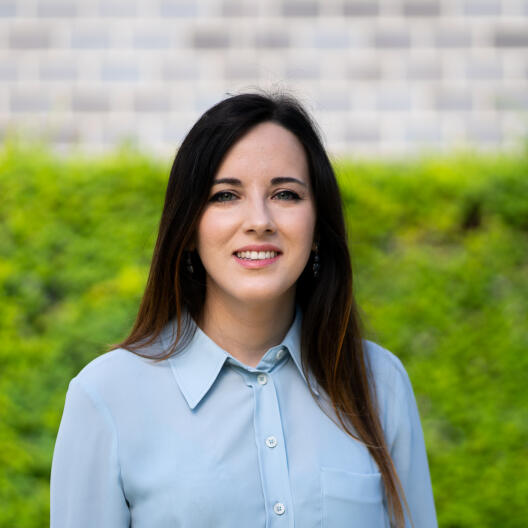Poster Prize for MEET Researcher Dr Aurora Gómez Martín
A poster contribution led by MEET researcher Dr Aurora Gómez Martín was awarded with the first prize at “Swiss Battery Days 2020/21”. The poster is entitled “Towards Low Cost and More Sustainable Ni-rich NMC-Type Layered Oxide Cathodes for Lithium-Ion Batteries” and is based on a cooperation between MEET Battery Research Center of the University of Münster and Helmholtz Institute Münster (HI MS) of Forschungszentrum Jülich.

The research team focused on approaches for sustainability and cost reduction of layered cathode materials for lithium-ion batteries. Ni-rich cathodes were produced using a novel Couette-Taylor-Flow reactor to enable a higher energy content at the material level. Different modification approaches and strategies for the development of electrochemically stable layered oxides were also presented. Emphasis was placed on surface modifications by protective coatings and aqueous processing routes. The surface-modified materials with decreased cobalt and increased nickel content showed less degradation effects and improved capacity retention due to minimised parasitic reactions. Possible binder formulations for aqueous cathode electrode processing were systematically evaluated and can reduce both costs and environmental impact of cathode production.
Digital Exchange in Battery Research
The current poster prize at Swiss Battery Days is endowed CHF 500 – around 460 euro. This year's conference, which took place digitally, offers young investigators in particular a platform to present their results and network with renowned European battery researchers.
The research of Dr Aurora Gómez Martín and poster co-authors Friederike Reißig and Marcel Heidbüchel from HI MS, Dr Tobias Placke and Dr Richard Schmuch from MEET, as well as Prof. Dr Martin Winter, scientific director of both research institutions, are embedded in the EU-funded project “SENSE – Next Generation Lithium-Ion Batteries to Power Electric Vehicles”.

